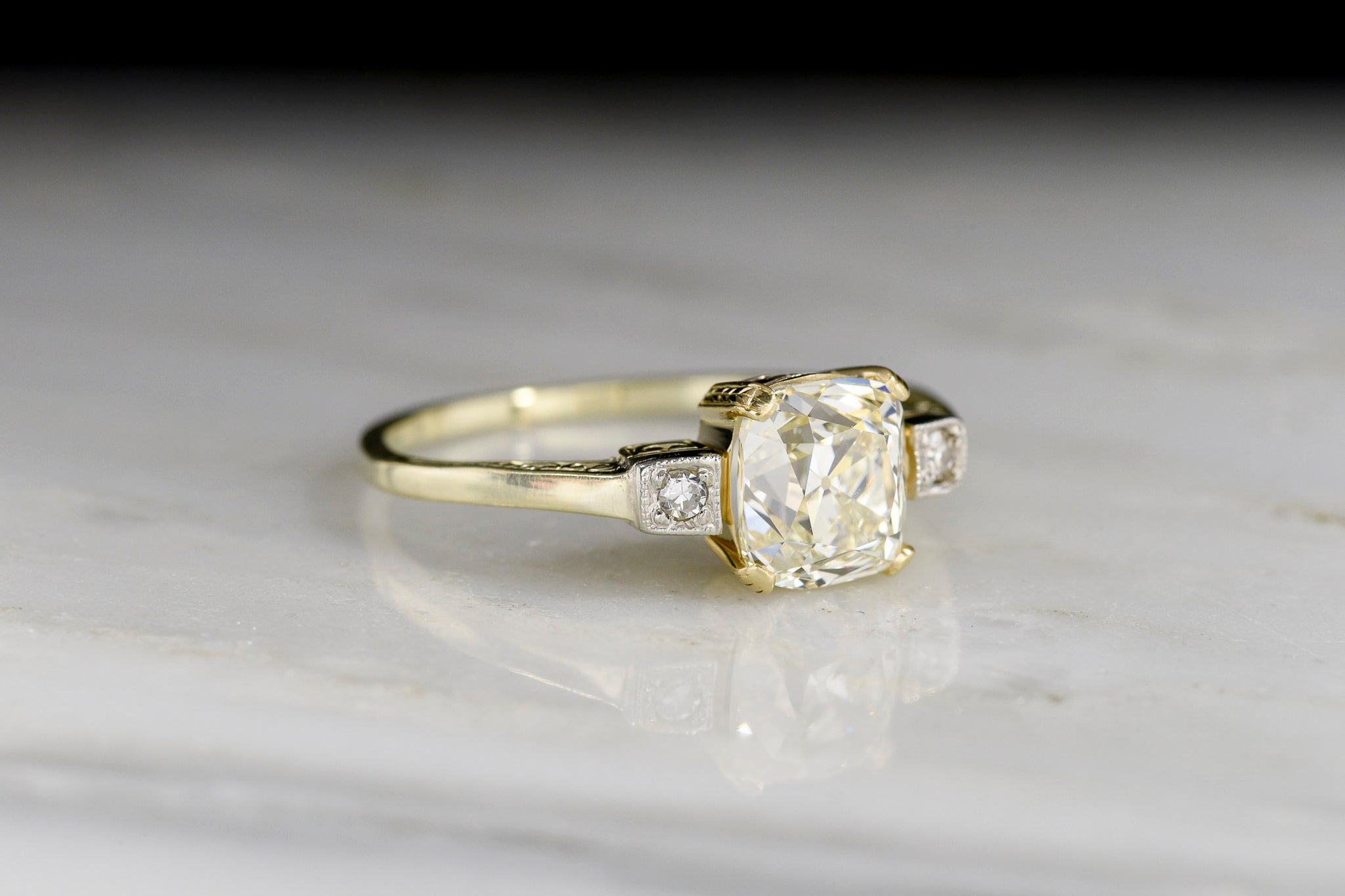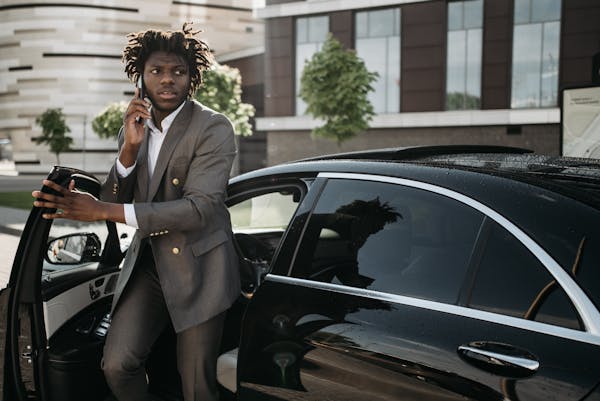Eye protection is nothing new to cycling, having first appeared more than 100 years ago in the form of military-style flying goggles. These goggles, while bulky in appearance, kept grit, debris and rain from entering the eyes but slowly disappeared from the peloton as modern frame designs became more fashionable and easier to wear, and sell my house fast jacksonville cycling sunglasses were born.
As a result, many cyclists began wearing aviator-style sunglasses and spectacles during the ’50s, ’60s and ’70s – especially those with visual impairments. As technology improved, so did the rhetoric behind eye protection and the role it served in contemporary sport, not just cycling.
To find out what you should consider when picking your next pair of sunglasses, you can find our guide on what to look for below.
Coming in well below the £150 threshold, the performance-honed 100% S3 ranks as the best bang-for-your-buck option on the market
Lens type: HiPER, Hydrophobic, oleophobic and standard | UV protection: Yes | Frame type: Half frame | Weight: 33g | Pro team: Bora-Hansgrohe
There’s only one individual responsible for the meteoric rise of 100% sunglasses at local group rides across the world – Peter Sagan.
The former three-time World Champion worked closely with the American company to create the new S3 sunglasses, which combine the endearing qualities of the Speedcraft and S2 models for a better fit and unobstructed view.
Its biggest drawcard is without a doubt the large wrap-around scratch-resistant lens which also benefits from hydrophobic/oleophobic-coating properties. While the 100% S3 may not appeal to everyone, particularly as far as size is concerned, it does offer a comfortable fit despite the inherent limitations that come with a one-size-fits-all approach (the S3 has no adjustable nose bridge or arms).
Superlative performance meets cutting-edge technology, Oakley’s Flight Jacket is one for the purists
Lens type: Prizm, Prizm Polarised, Photochromic and standard | UV protection: Yes | Frame type: Half frame | Weight: 34g | Pro team: Team Ineos, Team Sunweb, Dimension Data, CCC Team, Katusha-Alpecin
While it retains a similar lens shape to the Oakley Jawbreaker model, the absence of an upper frame has improved the field of view and boosted the ventilation properties in the process.
These particular shades also ushered in the all-new Oakley Advancer (now also available on the Radar EV) – an adjustable nose piece that tilts the frame and lens away from the face to prevent the lens from fogging up.
Rudy Project Defender
In terms of heritage, performance and fit, the Defenders are quite easily the best performance cycling sunglasses on the market
Lens type: ImpactX-2 Photochromic | UV protection: Yes | Frame type: Full frame (two-piece, removable) | Weight: 34g | Pro team: Bahrain Merida, Lotto Soudal
Design
Lens clarity
Weight
Lens prone to smudging
It may appear as though Rudy Project is following in the footsteps of the larger-is-better lens philosophy currently doing the rounds but the company’s new Defender model is in actual fact based on the RP Aggressor sunglasses from the early ‘90s. Available in a host of different frame, bumper and lens colour combinations, the Defender does appear to pander to the needs of the modern cycling fashionista but that’s a good thing.
Perhaps the Defender’s most impressive feature is that of the photochromic lens. Offering a combination of superb transitional performance regardless of the light conditions not to mention stellar anti-fog properties thanks to the Powerflow Ventilation System, these cycling sunglasses are very difficult to trump in terms of outright performance.
;)
POC Aspire
Unbridled sophistication coupled with a Carl Zeiss-fettled lens make for one serious set of sunnies
Lens type: Nylon lens by Carl Zeiss Vision | UV protection: Yes | Frame type: Half frame | Weight: 40g | Pro team: EF Education First
Carl Zeiss lens
Design
Weight
Peripheral vision
POC’s Aspire cycling sunglasses represent the brands move into a more premium and performance-focused space with an elegant colour palette comprising white, yellow, black and even tortoiseshell frame options.
The one-piece Clarity lens, developed in collaboration with Carl Zeiss Vision, provides enhanced contrast and colour definition across the spectrum. While the lens is decently sized, it doesn’t offer much of a wrap-around effect which limits peripheral vision to a certain extent.
What it does possess in spades, however, are superior ergonomic qualities – particularly when it comes to fit and comfort thanks to the sizeable nose piece and flexibility of the Grilamid frame and arms.
This particular pair – the Aspire Solar Switch – were unveiled at EuroBike 2019 and utilise an electrochromic LCD lens that can change its tint instantly and automatically, regardless of the lighting conditions. The price? A cool £340. The regular Aspire shades are a worthy alternative should you not secure a set of Solar Switch shades.
;)
Oakley Sutro
Without a doubt Oakley’s finest cycling sunglasses ever
Lens type: Prizm | UV protection: Yes | Frame type: Full frame | Weight: 32g | Pro team: Team Ineos, Team Sunweb, Dimension Data, CCC Team, Katusha-Alpecin
Clarity
Field of view
Secure fit
Weight
Significantly cheaper than its rivals
Large lens is a scratch risk
Fixed-length arms
Geometry and goggle style doesn’t suit all face types
The Oakley Sutro cycling sunglasses are the company’s best product to date, the benchmark for eye-care performance and protection. They offer unrivalled clarity, an unobstructed field of view and never fog up, no matter the conditions – an added bonus is the secure and stable fit. At £130, they’re also significantly cheaper than rivals from POC and 100%.
However, what sets the retro-styled Sutros apart from the segment staples are not merely its performance credentials but rather its adaptability as a product – not only is it suited to the elite-level cyclist and recreational rider but it also doubles up a casual option, too.
The Sutro will ultimately go down as one of Oakley’s greatest models yet and be held in the same regard as the model that started it all – the Factory Pilot Eyeshade. Wear them, enjoy them and race in them but also be aware they’re likely to become a collector’s item down the line.
;)
Rudy Project Cutline
The Rudy Project Cutline sunglasses are an out-and-out performance offering that favours function over form – they’re stylish, too
Lens type: ImpactX 2 Photochromic Black | UV protection: Yes | Frame type: Rimless, with interchangeable bumpers | Weight: 35g | Pro team: Bahrain Merida, Lotto Soudal
Comprehensive wraparound fit
Photochromic lens properties
Refined, unique aesthetics
Interchangeable bumpers
Only comes with one lens
Pricey
The Rudy Project Cutline is the ideal eye protection companion for the cyclist who craves performance and favours function over style kudos. That’s not to say the Cutlines are devoid of any style – in fact, with eight frame and lens colours to choose from they can be matched with any wardrobe and colour palette.
It’s in the performance stakes where the Cutline edges ahead of its rivals. No matter your riding style or cycling goals – it can do it all thanks to the clever use of strategic venting which nullifies lens fogging, the tailorable fit and the unobstructed visual clarity it provides its wearer.
;)
Scicon Aerotech
With a double-click nose bridge design and military-grade lens, Scicon’s foray into eyewear marks an impressive, albeit pricey first attempt
Lens type: Photochromic | UV protection: Yes | Frame type: Half frame | Weight: 31g | Pro team: None
Adjustable fit
Removable fenders
Weight
Price
New to the market
Better known for its protective cycling bags and storage solutions, Scicon has recently entered the realm of eye protection with two models, the Aerotech (one-piece lens) and Aerocomfort (separate lenses).
The Aerotech’s one-piece photochromic lens is constructed using NXT Varia photo-sensor control technology and manufactured by Essilor Sun Solutions, veterans of the industry.
Compared to its bigger-lensed rivals, the Aerotech adopts a more classic design with removable elastomer fenders. While these fenders do add extra protection to the lenses, they can be ditched entirely if they become too much of a distraction. Scicon has also introduced a clip system around the arms to tailor the fit depending on how many clips are inserted.
Cycling sunglasses, frames and lenses explained
With a background in ski goggles, it was Oakley that pioneered cycling sunglasses when Greg LeMond showcased the revolutionary Factory Pilot Eyeshades in 1985.
Oakley’s success and dominance brought about a new wave of players, including Briko, Rudy Project and Look, that burst onto the scene in the late ’80s and early ’90s. This war of radical new styles and colourways brightened up the battlefields of Europe’s most famous Grand Tours and accelerated the technological advancement of the eye-protection concept. Consequently, frame design and lenses became smaller and more aerodynamic in appearance but the bright hues remained.
Recently, the design and shape of cycling sunglasses have come full circle and back to where it all started – large, goggle-style lenses are presently the flavour of the month. Despite the influx of newer and trendier upstarts, Oakley remains a major force in the industry as the eyewear war continues to blur the lines between style and function.
Cycling sunglasses are as much about fashion as they are function, but their main purpose still hinges around the primary role of protection, be it from bugs, debris, rain or the harmful UV rays of the sun.
It’s easy to get lost in all the marketing jargon and the sheer number of choices available when shopping for a new pair of cycling sunglasses so it’s important that you know your hydrophobics from photochromics – we’ll explain later. While all the major brands offer a range of design styles to accommodate the facial attributes of most individuals, it’s highly recommended that you test fit a pair to ensure a snug and comfortable fit.
1. Frames
The most important part of any pair of cycling sunglasses is the frame geometry and fit. After all, what’s the point of having the best lenses in the world if the fit is terrible?
Most of the major players offer built-in flexibility and adjustability around the arms and nose bridge for a somewhat tailored fit. There are three distinct frame types: full frame, half frame and frameless, each of which has a substantial bearing on lens size, eye coverage and field of view.
2. Lenses
There are various lens types designed for specific conditions and environments, some of which are also interchangeable depending on the manufacturer.
Most reputable brands offer a variety of special lenses designed to enhance vision and performance, these include photochromic (change from clear to dark in the light), hydrophobic (repel water), polarised (reduce glare), oleophobic (smudge resistant) and prescription variety of lenses.
Industry stalwarts, Oakley, has developed its own distinct lens technology, called Prizm – which amplifies clarity and improves depth of field.
Back to the top





More Stories
Ruching Equals an Awesome Style Option For Fuller Figures
Fashion Belts For Women – The Right Ways to Wear a Belt Without Looking Fat
High Heels – The Power And The Glory